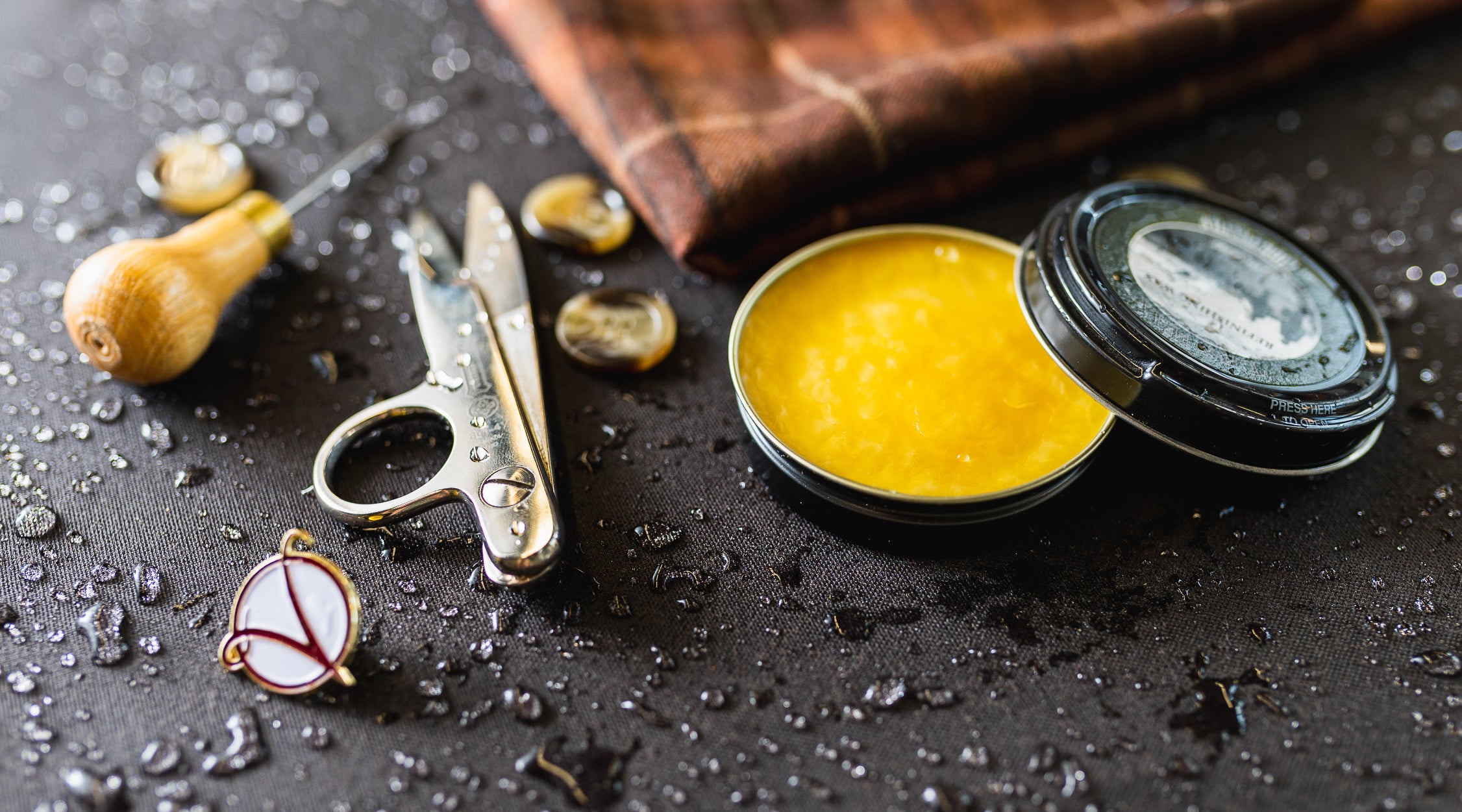Waxed Canvas 101: What makes it so Special?

The History of Waxed Canvas:
Waxed canvas conjures up images of working people throughout the ages. I think of horsemen in the outback, sailors off the rugged Scottish coasts, and British gamekeepers, trudging out in the fog to hunt deer in the early morning.
The history of waxed canvas is a maritime one first and foremost. In the 15th century, after the Scottish wars of independence,, waxed canvas was first tested. If that historiological snapshot means nothing to you, just think of pre-America England.
Sailors in England, as well as higher up the British Isles, began observing that they got further when their sails were waxed, and their weight was also less than a fully waterlogged sail. They used fish oil, or whatever else fatty they had handy, to seal their ships, which would have been a fairly smelly outcome. Soon after, waxed canvas was made with linseed, which yellowed and cracked over time. This ultimately led to fishermen preferring yellow garments that didn't show the yellowing pattern.
Fast forward to the 1920s, paraffin wax, derived from petroleum, was commonly available and much more stable than linseed oil (or the much more expensive beeswax). A few specialized companies began making paraffin waxed canvas — it was finally both cost effective and began to be used widely in WW1 and WW2. Around that time waxed products began appearing for working people as well as in motoring sports.
Famously, British sporting goods company Barbour made a motorcycling suit out of waxed canvas and sponsored virtually all British teams in the international motorcycling circuit from 1936-1977. Many celebrities, most notably Steve McQueen and Paul Newman, also helped push waxed canvas out of the realm of practical gear into fashionable man's racing attire. Following this, of course, was waxed canvas ultimately making its way into fashion!
It makes perfect sense, then, that a place as rainy as the British Isles would become synonymous with waxed canvas.
Volante Design & Waxed Canvas:
So then, after all this time and history, why do we still use waxed canvas?
Besides the fact that it has an epic maritime and racing background, waxed canvas is still around because it's damn practical, satisfying to wear, and makes for beautiful, practical outerwear. Unlike leather, it can get wet (as the aforementioned water resistance is still one of its defining features), costs less, and doesn't involve an animal. We love working with wax because it has exceptional durability, holds its form extremely well over time, and the drape, look, and feel of it is, in a word, badass.
Some of the products we've made with waxed canvas over the years include the Tracer, a 1920s style bomber jacket, The Beast Hunter, a floor length trench coat, The Hunter's Garb coat, a knee length Bloodborne licensed design, and the Talon, a bracer for the wrist and lower arm.
We've been working on building our waxed canvas and waterproof collections, and we're happy to see them grow! Take a look at our current offerings here, and keep a look out for some exciting things we have coming in the near future!


Leave a comment